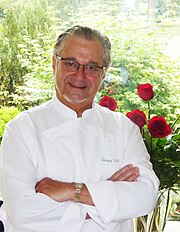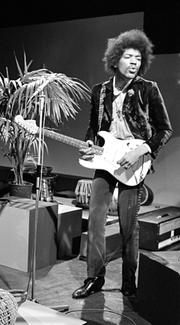Design
Design
Personality
Chart Properties
Your Cross represents the specific theme of your life. This cross embodies your unique potential & the lessons you're here to learn, providing a roadmap to fulfilling your life purpose.
We use the UTC birth time and date to do the calculations required to generate your Human Design chart.
Buy Tokens
Pay as you use, no expiry and no subscription required.Prompt Ideas
Get inspired with some epic prompt ideas.Ted Hughes's Biography
British writer, England’s poet laureate from 1984, perhaps the most famous contemporary poet in the world until his death of cancer in late October 1998. His fame is due not only to his extraordinary talents but to his marriage to renowned poet Sylvia Plath. A man of many interests, his work reflects his affinity for mythology, astrology, animals and nature, and classic literature. His prolific writing career yielded children’s literature, poetry, short stories, essays and literary criticism, plays, translations of ancient and modern work, and even an opera libretto. Hughes was awarded an OBE in 1977.
Growing up amidst the Yorkshire landscape, Hughes was the youngest of three children whose dad was a carpenter. A bright and poetic child, he began writing early and won prizes for his work. In 1951, he was awarded a scholarship to Cambridge University where he studied English and anthropology. There he met his future wife, the equally gifted poet Sylvia Plath. From their first meeting on February 25, 1956, passion reigned. The handsome, intelligent and driven couple married on June 16, 1956. After a stint in the United States, when Hughes taught English and Creative Writing at a Massachusetts college and published his first volume of poetry (1957), they returned to England. Two years later, in 1961, their daughter Frieda arrived, and in the following year, 1962, her brother Nicholas was born.
As time went on, the brilliant and tortured Plath, who had previously attempted suicide, became more erratic in her behavior. Their marriage witnessed emotional storms, accusations, and his extramarital affair. Plath committed suicide on February 11, 1963 after Hughes left her for another woman, Assia Wevill with whom he later had a daughter. Tragically, Wevill killed herself and their four-year old child in 1969 in the same way as Plath, by putting her head into a gas oven.
Feminists passionately blamed Hughes for Plath’s and Wevill’s deaths, claiming that his behavior, coldness and inattention led to their suicides. For 35 years he would not discuss in public his relationship with either woman. Finally in January 1998 he published “Birthday Letters,” a cycle of 88 poems based on his stormy relationship with Plath. The book was hailed by critics and sold over 100,000 copies. With the publication of his book and the changing times, Hughes received more sympathetic treatment from the public than he had had since Plath’s suicide. That same year, on October 28, 1998 in London, Hughes died after an 18-month fight with cancer, survived by his children with Plath and his wife, Carole Orchard, a former nurse whom he had married in 1970.
Link to Wikipedia biography
Ted Hughes
Your Cross represents the specific theme of your life. This cross embodies your unique potential & the lessons you're here to learn, providing a roadmap to fulfilling your life purpose.
We use the UTC birth time and date to do the calculations required to generate your Human Design chart.







